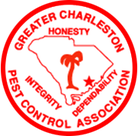Did you know that termite damage isn't covered under most homeowner's insurance policies?Most insurance companies don't cover the cost of termite repair due the fact that termite damage is something that the homeowner can prevent through regular home maintenance. How vulnerable is my home?South Carolina is located in TIP (Termite Infestation Probability) Zone #1 which means the potential for termite damage is considered to be very heavy. The warm, wet climate creates desirable living conditions for termites and other wood destroying organisms. In fact, the likelihood of your home being eaten by termites is 10 times greater than the possibility of your home being destroyed by a fire. What's a Formosan Termite, and why should I be worried?
These termites are aggressive and not afraid to put up a fight, and they will definitely defend what they determine to be their territories. Formosan termites act quickly, and they can cause a lot of damage in not a lot of time. These termites reproduce fast! The queen can lay around 1,000 eggs in a single day contributing to how quickly one colony can destroy a home. How can I tell if I have a Formosan Termite problem?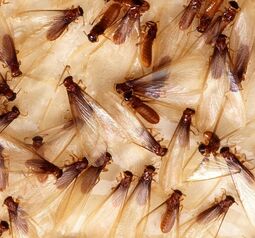 Formosan Swarmers Formosan Swarmers There are some warning signs that you should pay attention to in order to tell if you might have a termite infestation. One warning is the presence of termite swarmers. Termite swarmers are adult termites with wings who leave their colonies to mate and create new colonies. These particular winged termites sole purpose is to reproduce. You can see evidence of termite swarmers when you see them flying around your porch lights. Another warning to pay attention to is if you see their wings dropped near your doors, windows, vents, and other parts of your home. This is a sign that termites are nearby, have potentially found a mate, and could very well be creating a colony right under your nose. What can be done?There are preventative measures you can take to make your home less appealing to termites. 
Is your home safe from termites? Check your homeowners insurance to see if you should invest in additional protection from a pest control professional. Protect your investment and don't fall victim to the statistics. Call us at Champion Pest Management today to schedule an inspection and to get a quote on termite protection and prevention for your home. 843.860.4791
48 Comments
Happy New Year! It's time for new resolutions, new promises, new changes, and new commitments. In the pest control industry, these new commitments come in the form of a commitment to your home, to your health, and to your peace of mind. So, what exactly does that look like? It looks like making the decision to be proactive in the protection of your home from pests. Here at Champion Pest Management, we believe it's time to make some New Year's Resolutions that are easy to stick to because we're here to do the heavy lifting. Benefits to Regularly Scheduled Professional Pest ControlYour Health Believe it or not, but the number one reason you should schedule regular professional pest control is to keep up with your overall general health. Cockroaches, rodents, mosquitoes--all of these pests (and more) carry diseases which can spread to you and your family causing illness. A regularly scheduled pest control appointment with a trained and licensed pest control company like Champion Pest Management is crucial in keeping these unwelcome visitors out of your home and your yard, and therefore keeping your immune system just how you like it: strong and healthy. The Value of Your Home
The Risks of DIY Pest Control There are quite a few homeowners looking to save a dollar or two and take the chance with DIY pest control solutions. While you may feel as though you're saving a few bucks, this could be costly and ineffective in the long run. Without proper training and knowledge, a homeowner runs the risk of misusing over-the-counter pesticides. A trained technician knows where and how to best apply professional grade pest control solutions and can take the guess work out of DIY pest control. A trained professional can save you time, and save you from exposure to unnecessary and misused pesticides. Being Proactive Rather than Reactive
I promise, keeping pests out of your home is way more effective than trying to kick them out once they've invited themselves inside. Many people feel as though a professional service is no longer needed once they no longer see bugs with their own eyes. This isn't entirely true. It's the regular treatment that is giving the homeowner that peace of mind. Get rid of your pest control service, and in about 3 months, you may be wishing you still had us around. Champion is Always Here on Your Side No matter what you decide, or when you decide it. Champion Pest Management will always be here to help fight that good fight. Our trained technicians will help guide you through the best course of action for your home, and we will give you that peace of mind that we're all looking for when it comes to New Year's Resolutions and changes. Call A Champion Today 843.860.4791
Spring is upon us, and with spring comes warmth and rain. With warmth and rain, come the termite swarmers. So, what exactly are termite swarmers?
If you happen to see signs of swarmers (ex. a mass of flying insects at night near lights sources, abandoned wings either in your home or on your porch/deck) it's important not to panic. This is NOT an indication that your home is infested; however, they are indeed a sign that termites are nearby, mating, and looking to build new colonies. Chances are if you're seeing swarmers, there's an already mature colony not too far away from your home. While it is true that it is important not to panic, you really should take this season seriously. This is a great opportunity and visual cue and warning to have your home inspected and placed under either a termite protection bond or a termite service plan.
Charleston, SC is an area of extreme high risk. Both subterranean and drywood termites are known to damage homes in South Carolina. In particular Formosan termites were first discovered in the continental U.S. in Charleston in the 1950s. According to the United States Department of Agriculture (USDA), Americans spend more than $1 billion annually to repair property damage caused by Formosan termites. Why take that risk with the most important financial investment you've made? Call Champion Pest Management to schedule your free termite inspection. 843.860.4791
Swarmer termites come about after the nymph stage in the termite life cycle. Essentially, nymphs become workers, solders, or reproducers. Swarmers are the reproducers. Their role in the life cycle is to come out in the open to find a mate, go back under ground, reproduce, and become the future king or queen of a new termite colony. Once these swarmers are back in the ground and reproducing, a queen can have hundreds to thousands of eggs per day! A large enough colony could have millions of termites working together and could potentially eat at least a pound of wood a day. That's enough termites to eat your home and your neighbor's home in no time. Unfortunately with termites, a lot of damage is done before we as homeowners really begin to see any signs. Bottom line is this: Termites are active year round. It's in the warmer months that we see them, and they are on our minds. The only reason we see them is because they are out and about trying to get some action. In the cooler months, they may be settled and getting fat for the winter. The only problem is they are getting fat off your home. For a free home inspection, call Champion today
843-860-4791 |
About UsChampion Pest Management is a locally owned, family run, pest control company operating in Charleston, SC and the surrounding areas. Archives
February 2023
Categories
All
|
|
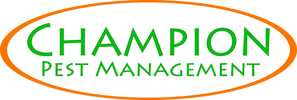
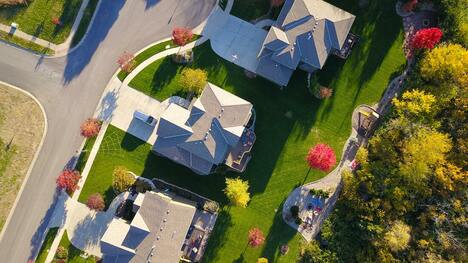
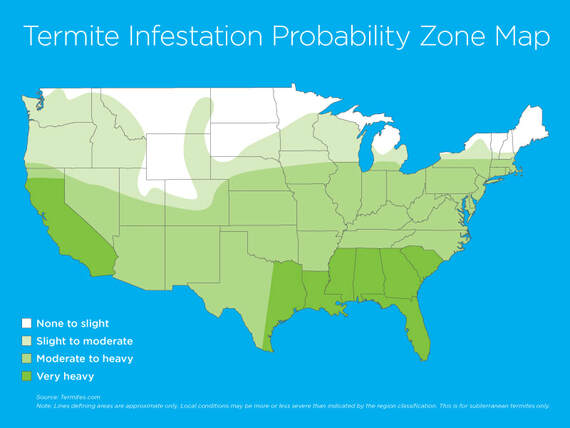
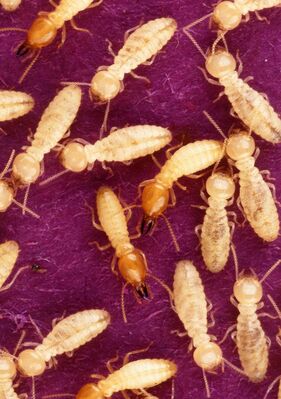
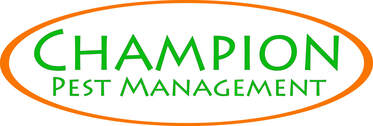



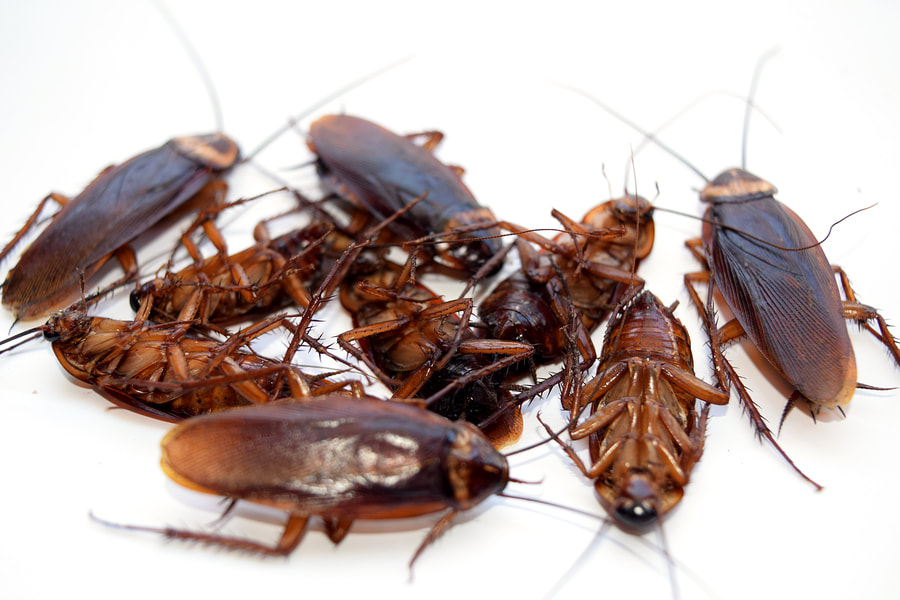
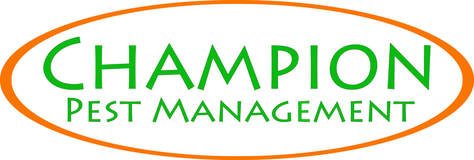
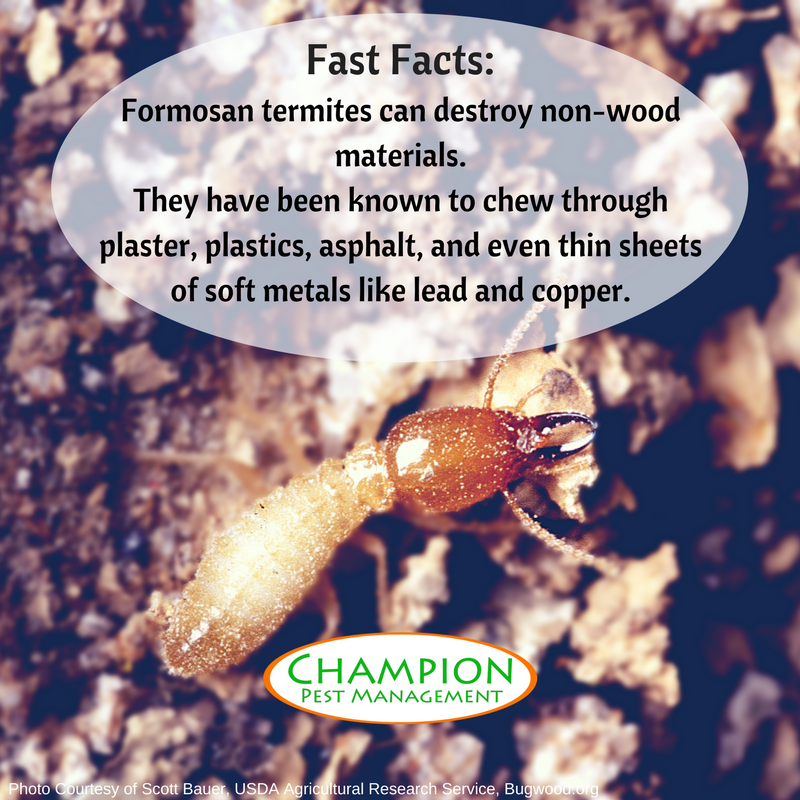
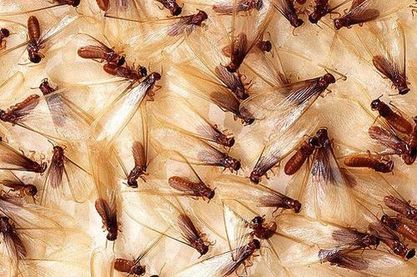
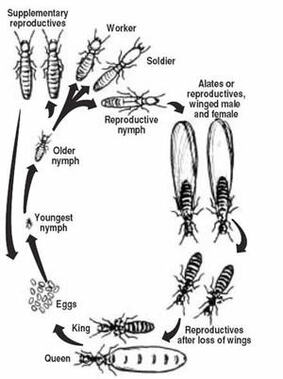
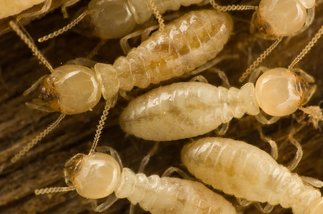
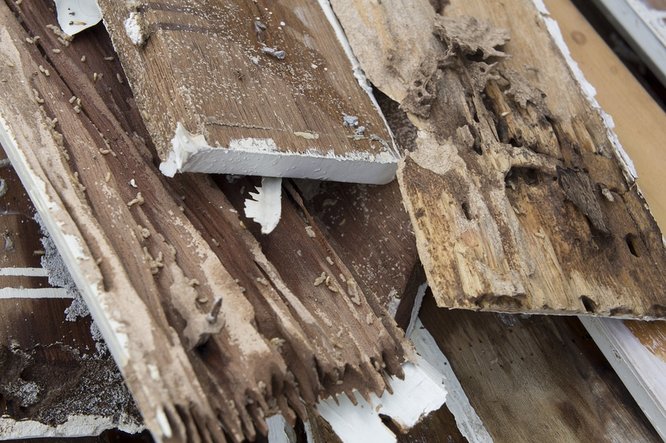
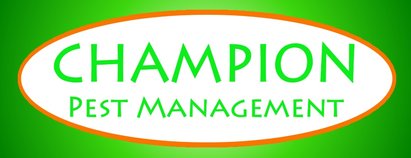
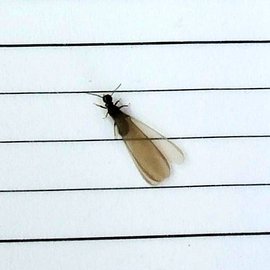
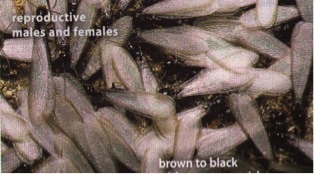
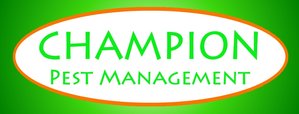
 RSS Feed
RSS Feed
